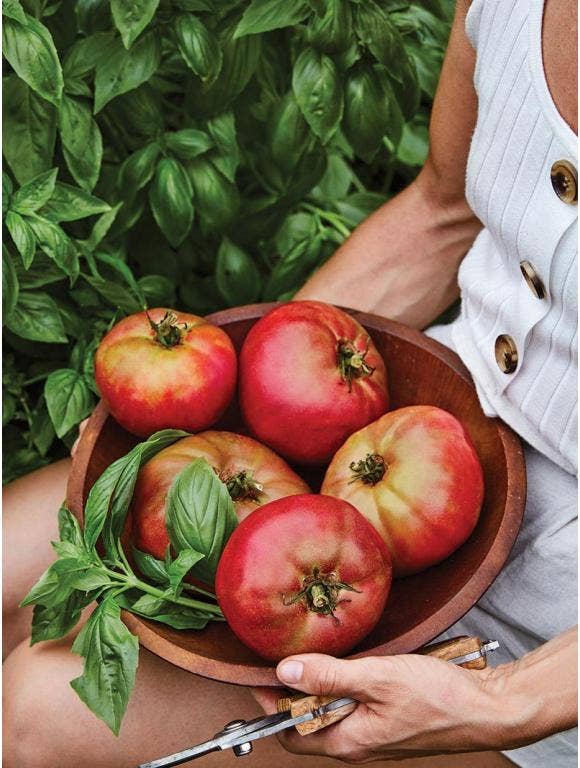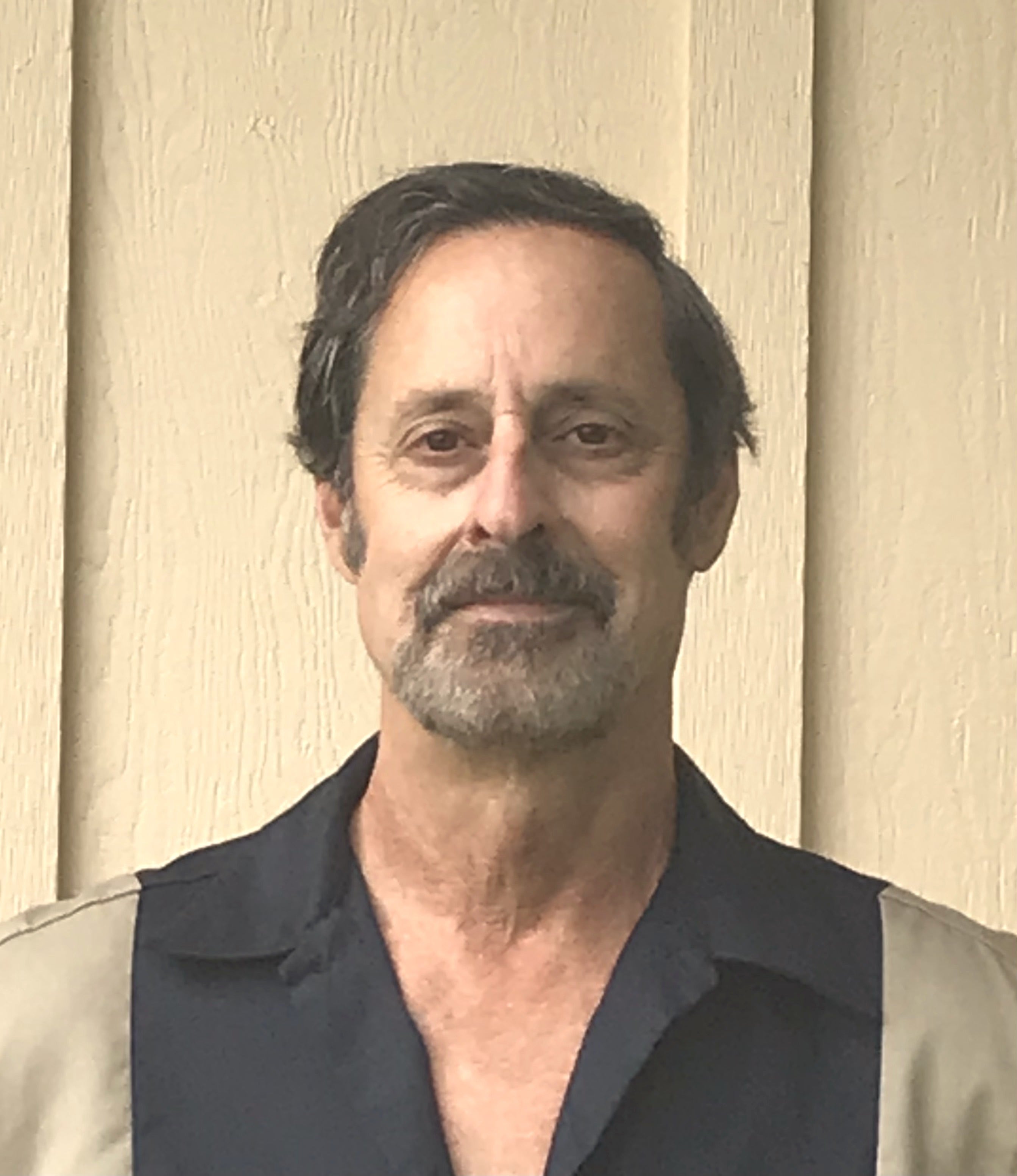
It's been said that when you fail to plan, you plan to fail. That can be true in gardening too, where a tree planted too close to the house can have you scrambling for the number of the nearest tree cutting service after a storm.
Other times, a lack of planning has less extreme consequences. You may find yourself repeatedly cutting back a vine that's too rambunctious for the size of your yard. Or, because you didn't know what plants grow well together, you end up having to move a plant that's getting crowded out by a companion. And it can sure feel like a punch in the gut when you tend to pepper plants all summer long only to get a meager harvest because they get too much shade.
A Road Map to Success
One way to avoid a wasted effort is to create a road map for your garden. Consider it a master plan detailing what you expect to accomplish. For ornamentals, the plan is long term, and for edible plants, it's fluid and can change year to year, even month to month. Either way, it pays to plan ahead. Ask yourself these questions:
What Will You Grow?
With fruits, vegetables and other edible plants, it should certainly be something you or your family want to eat. Otherwise, it's wasted effort. Ornamentals are more a function of personal preference, such as choosing between formal and informal or cottage garden versus contemporary.
How Much Space Is Available?
Corn takes up a lot more ground than chives, and an oak tree will grow much larger than a dwarf apple tree. Be sure to tailor your plants to the situation and maximize space when possible. For example, plant shade-loving flowers at the base of a tree, and train a vine over a wall or fence. Similarly, you can train peas and cucumbers on a fence or trellis, let squash trail through tomato plants, and plop kale and Swiss chard in among your flowers.
Where Will You Plant?
Many plants can get by with a mix of sun and shade, but vegetables do better with a solid six to eight hours of sunlight each day. Exceptions include leaf lettuce and kale, which can use a little shade as the summer heat comes on. Well-drained soil is also key, so if you only have a soggy planting site, consider a raised bed.
What Plants Grow Well Together?
Pairing plants is called companion planting. It's not only a way to maximize growing space, but it can also be beneficial to the plants themselves. On the other hand, some plants don't get along well, especially if one is overly aggressive and likely to run roughshod over the other. Let's take a closer look at plant partnerships.
Companion Planting 101
Companion planting is like a botanical buddy system, with one plant helping another. Although it's primarily associated with vegetables and herbs, companion planting can carry over to ornamentals as well. For example, shade-loving azaleas enjoy the shelter and acidic soil beneath a large pine tree.
Companion planting is:
Natural
Many plant species coexist in nature — it's how they've evolved. Monoculture planting, or growing only one variety of plants at a time, is primarily a human invention. A major drawback is that monocultures end up being an open invitation for pests to hone in on the tempting expanse of plants. When flowers and herbs are tossed into the mix, insects have more trouble keying in on the vegetable companions.
Beneficial
Many vegetables, herbs and flowers grow well together. If you're wondering what to plant next to tomatoes, try basil. It's a well-behaved partner plant that pairs well with tomatoes both in the garden and on the dinner plate. Marigolds are another solid bet because they attract pollinators and discourage soil nematodes from attacking roots. Speaking of repelling, chives deter aphids, so they're a natural companion for roses. Phacelia tanacetifolia (aka blue tansy) repels ants, beetles and other insect pests, so it can help a number of plants.
Efficient
The "Three Sisters" plant partnership Native Americans used is a great example of how companion planting can maximize space. Native Americans paired corn, beans and squash together. The beans used vertical gardening space by climbing the cornstalks and later replenished nitrogen in the soil as their roots broke down. The squash sprawled along the ground, making use of horizontal growing space while shading out weeds.
Productive
One form of companion planting involves planting two crops in the same space at the same time. For example, you can sow quick-maturing 'Solaris Hybrid' radishes with slow-to-germinate 'Purplesnax Hybrid' carrots. Then, when you remove the radishes after about a month, it frees up space for the carrots to grow.
Versatile
Another type of companion planting is intercropping, which is planting an early maturing crop alongside a later-maturing crop. Think of quick-growing beans, radishes or leaf lettuce planted between rows of long-season companions like tomatoes, peppers or corn.
Whether you want to enjoy a garden bursting with flowers and greenery, edible plants or a combination, spend an afternoon planning out your garden to make the most of your space and time.
For more companion planting ideas, take a look at Burpee's Companion Planting Guide.



